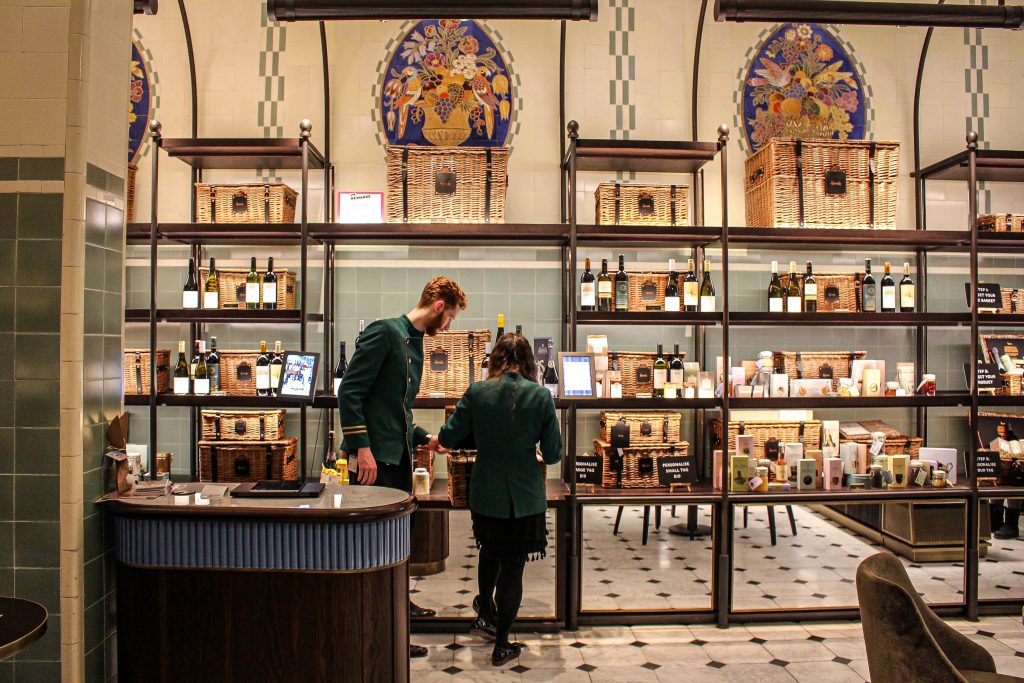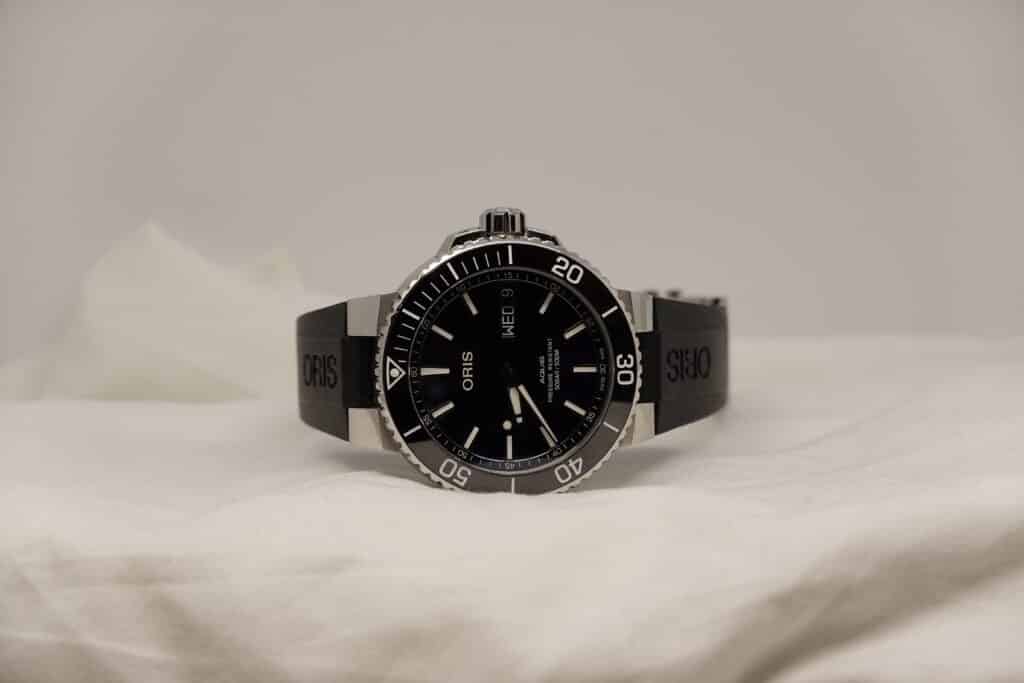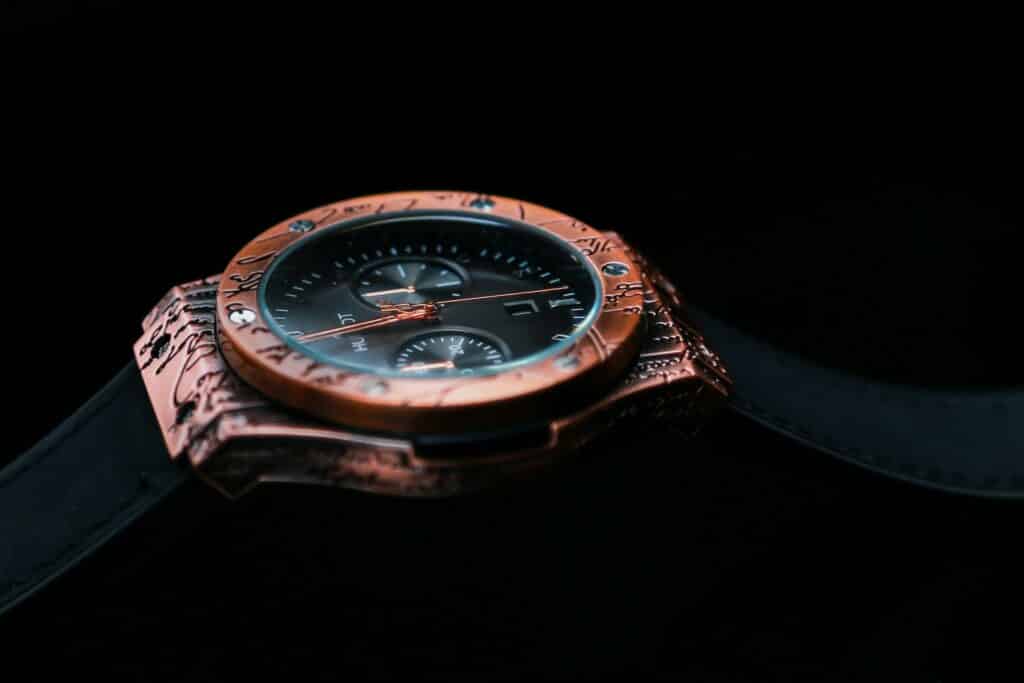Luxury brands prices increase alienates aspirational consumers

In the past years major luxury brands have been increasing prices focusing on the highest end of the market spectrum and targeting the most affluent consumers. This means luxury labels are failing to take into account the rise of a new middle class, notably in Asia, to which they should instead pay close attention.
Consumers whose profiles are much more varied and segmented than would appear at first sight, as shown by a recent study by McKinsey, presented by Zalando and the Italian Fashion Chamber (CNMI) in Milan, at the award ceremony for their ‘Changemakers in Luxury Fashion’ programme.
The McKinsey study focused on seven key markets (the USA, China, Italy, France, Germany, the UK and Switzerland), and found that aspirational luxury consumers (ALCs) are worth €273 billion, and account for 18% of the fashion market and 50% of the luxury brands’ market value.
The study defined ALCs as consumers who buy at least one luxury product per year, whether clothes, cosmetics, leather goods, jewellery, watches or accessories, spending between €3,000 and €10,000. They are a “complex but valuable” cluster, according to Lena-Sophie Roeper, MD of the designer department at Zalando, who noted that these consumers are constantly growing for the German e-tailer, as is their interest in buying high-end products.
The study has identified five distinct consumer communities. The first is Status Seekers, people who are searching for social status and account for 39% of ALCs. Aged below 35, they spend on average €3,500 per year in luxury goods, and are chiefly attracted by the brand name/ logo, which gives them recognition and a sense of belonging. Chinese consumers account for 73% of the Status Seekers community, the remaining 32% being found in Europe, chiefly Switzerland and the UK.
A second cluster is labelled Quality Seekers, and accounts for 26% of ALCs. Aged over 40, these consumers are active chiefly in Europe and the USA. They spend exclusively on fashion, on average €3,000 per year, and 85% of them favour sustainable brands and products.
Socialite Spenders are the third community, accounting for 24% of ALCs, and their average expenditure is the highest among aspirational consumers, equivalent to €5,375 per year. They are also the less loyal community, since they spread their purchases among up to eight different brands per year. They are mostly located in the USA and Europe. The Socialite Spender profile is the most consistent with the definition of ‘aspirational consumer’ adopted by luxury labels.
Finally, the two smallest clusters are labelled Timeless Chic, accounting for 6% of ALCs and with an average annual expenditure of €4,500, and Mindful Minimalists, accounting for 4% of ALCs and with an average annual expenditure of €3,000. These two communities are mostly located in the USA and Europe. Timeless Chic consumers are very loyal and prefer to buy in-store. Mindful Minimalists are more mature, aged over 40, they buy often online, and are interested in the functional aspects of luxury products.
According to McKinsey, Socialite Spenders and Status Seekers are the most promising profiles for luxury labels, because they are the most likely to morph into fully fledged luxury consumers. The other clusters too can potentially be attracted by luxury labels, provided the latter don’t approach them with a single, uniform strategy. “[Labels] need to deploy more nuanced strategies, based on the profile of the consumers they want to reach, the retail channels they use, their country of provenance, and the product categories they are looking for,” said Gemma d’Auria, the study’s author
ALCs have largely contributed to the luxury sector’s post-pandemic recovery, but their expenditure has since levelled off, hampered by a tough economic environment and growing geo-political tensions. Yet, despite spending only occasionally, these consumers are important for the luxury industry, especially in markets like China, India, other Asian countries like Indonesia, and in certain Latin American and African nations, where the number of middle class consumers is growing.
If major labels will continue with their policies of significant price increases, often excessive when applied to products featuring little creativity, they could lose ground to the slew of new brands that have emerged in the last decade. Brands that are relying on higher-quality products at more affordable prices, often sustainably manufactured by local artisans. Their products are acquiring an aura of authentic luxury, which might naturally attract aspirational consumers.



Responses